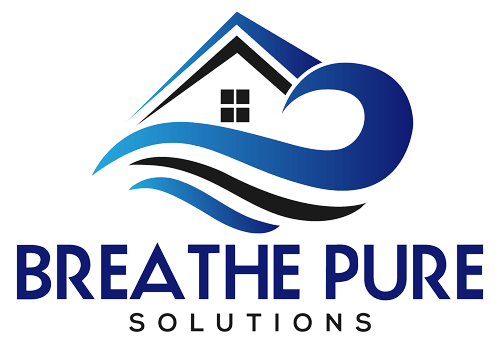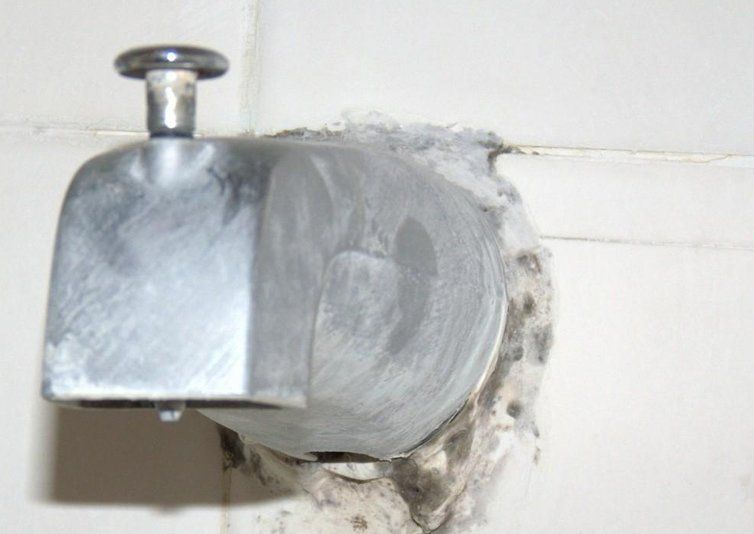I have often been asked about traditional “tear-out” remediation. Let me first say, I believe that there are a time and a place for traditional tear out, dry out, rebuild. Of course, when your home has, as an example, been flooded, you need to tear out the wet stuff, dry out everything, and rebuild. However, this process has its limitations. Let's go through, step by step, and discuss what a traditional mold remediation Company would do in the case of a basement bedroom flood.
- Cut off the water supply, or water problem immediately.
- Contain the area, in this case, the basement bedroom. This may mean using plastic, and duct tape.
- Often they will set up a negative air system, in an attempt to keep all mold spores within the bedroom. Think of pulling air into the bedroom, as opposed to blowing throughout the home.
- With Containment up, they may put filters in the area and fans and heaters to dry out all wet items including walls, carpets, etc.
- Next, they will tear out whatever is deemed useless, or damaged beyond repair.
- All moldy items get bagged in a plastic bag and hauled outside
- Once all items are removed, they may or may not spray a fungicide in wet mist form, on all affected areas.
- Not, with containment still intact, rebuild items deemed unrepairable.
- After completion of the rebuild, with containment still intact, they will run air scrubbers for a few days in an attempt to remove all spores, hyphae, etc. within a contained area.
- Approximately and as a National average, 10 to 30 days after initial flood, they may or may not run an air quality test within the plastic containment area.
- At this point, they pull down the plastic, and remove all of the equipment and report the project as complete.


